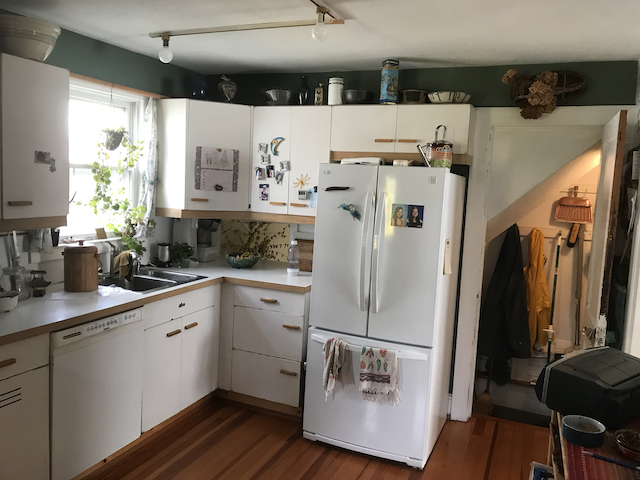
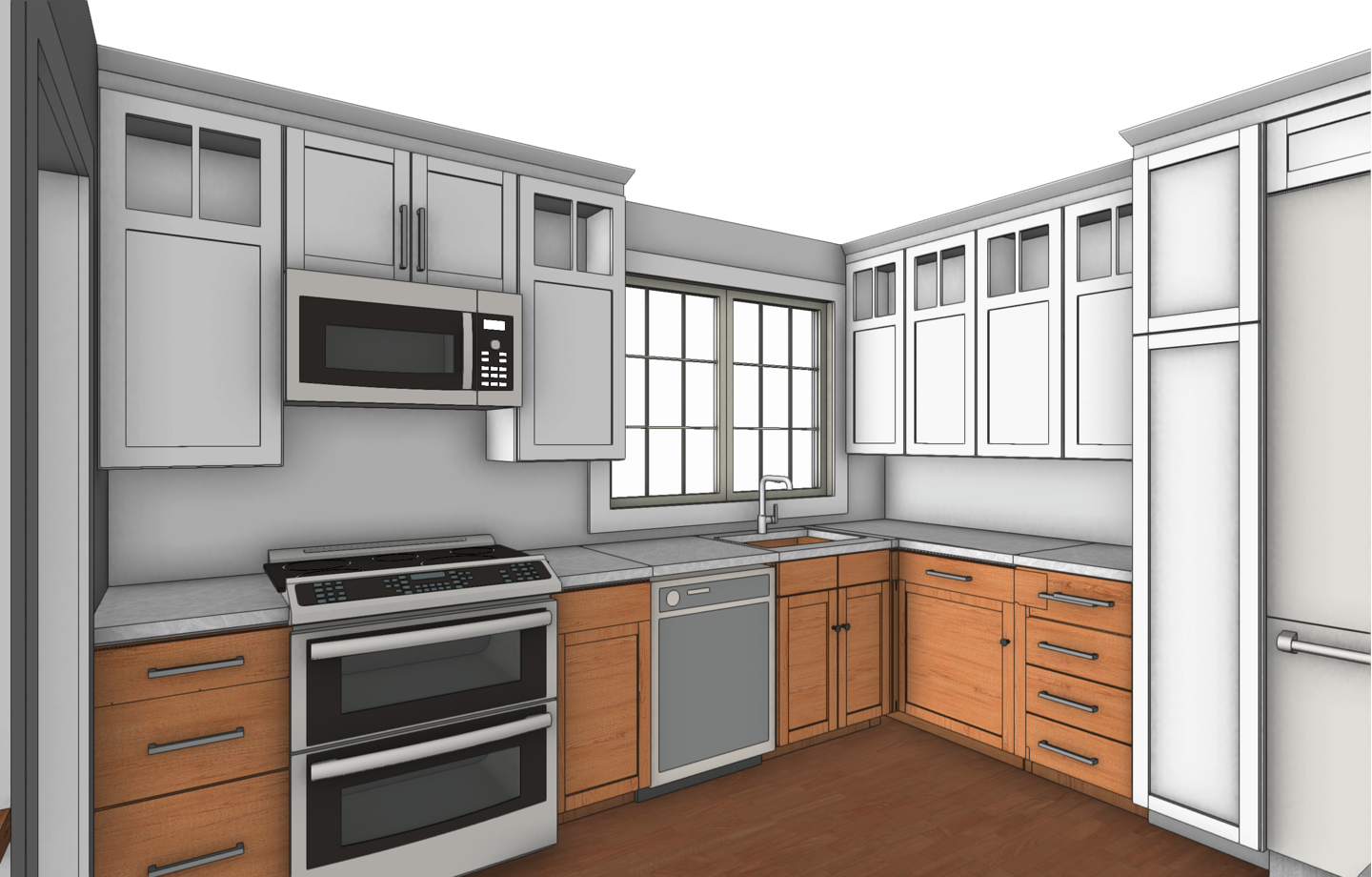
We recently had the opportunity to work with a client who was committed to sustainability in their kitchen remodel. Their goals were clear: reduce waste, minimize their carbon footprint, and prioritize sustainable materials. We were thrilled to collaborate with this client, who Janet met at a “Woman Build” Habitat for Humanity event a few years back and whose mission aligned perfectly with ours.
So where do we begin when remodeling a kitchen with the planet in mind? The truth is, there are many decisions to be made throughout the process that can make a significant impact on the environment without sacrificing aesthetic appeal. From demolition of the existing kitchen all the way through the last paint stroke, here are a few of the domains to consider.
From LED lighting to Water Sense fixtures, energy-efficient appliances, and Low VOC paint products, there are many low-hanging fruits to choose from. There have also been recent discussions regarding the health risks of gas stoves. Induction ranges are the desirable alternative to those risks and are features of all the homes we build.
One of the first design decisions we made for this project was to select cabinetry made from safe and sustainable materials. Formaldehyde-free, solid, and FSC-certified wood options were considered, but we ultimately opted for bamboo cabinetry due to its aesthetic character and renewable qualities.
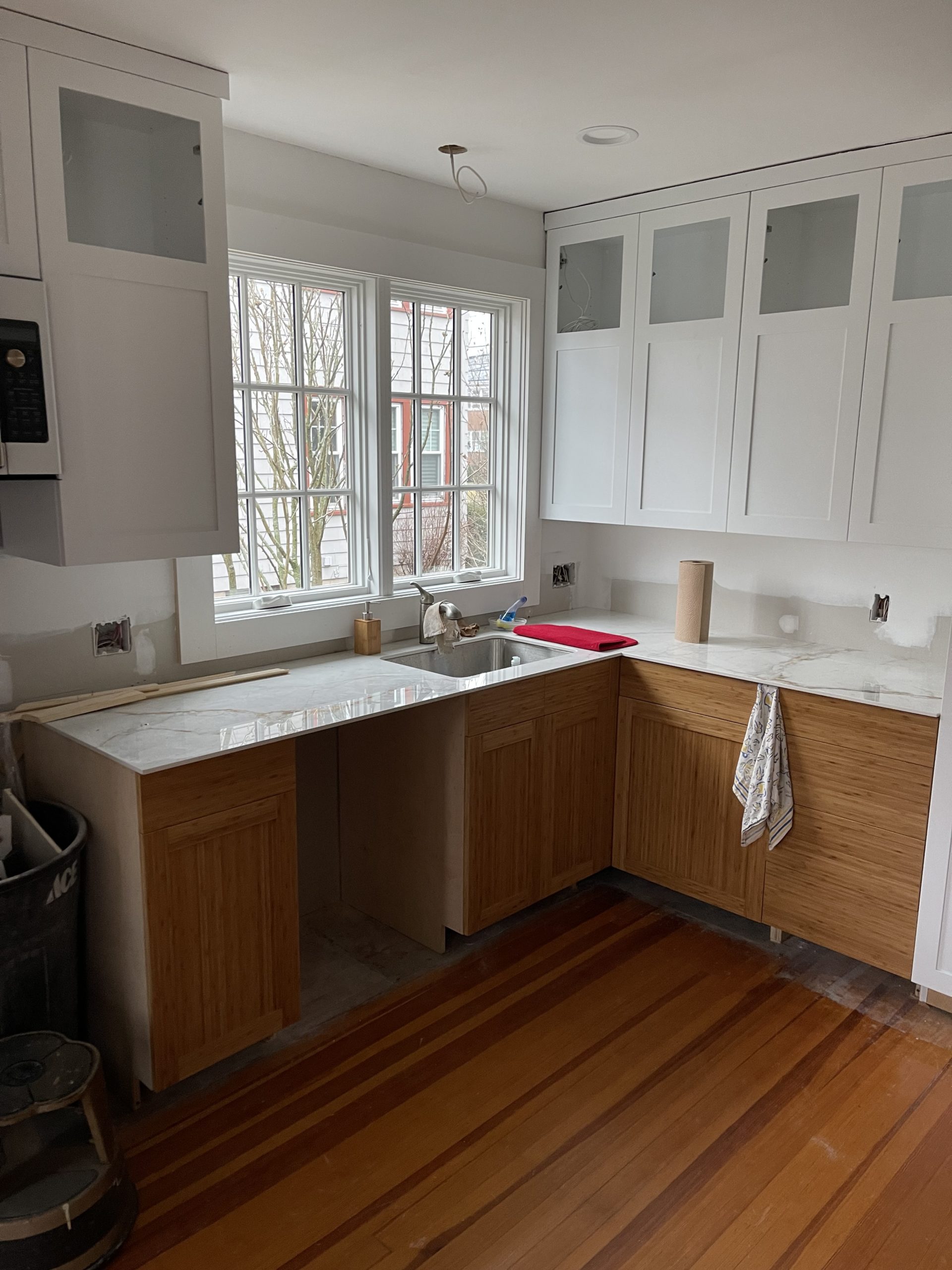
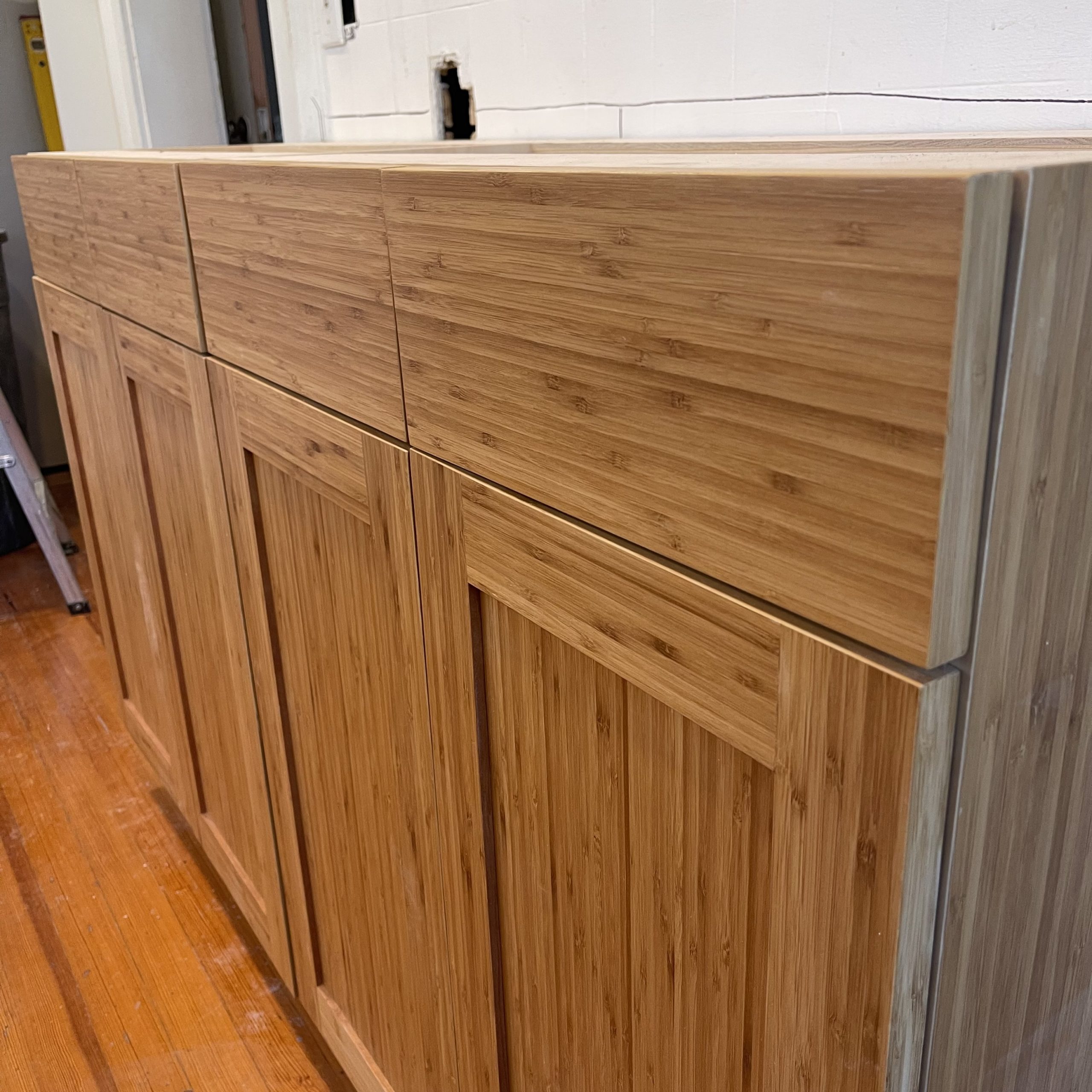
Another crucial element to consider when remodeling a kitchen sustainably is the selection of eco-friendly countertops. After researching various options including recycled paper and glass as well natural stone, we chose sintered stone. Not only is it durable and resistant to heat, stains, and scratches, but it also has a minimal embodied carbon impact and meets our client’s aesthetic preferences. Sintered stone is made from a mixture of natural materials using sustainable manufacturing practices.
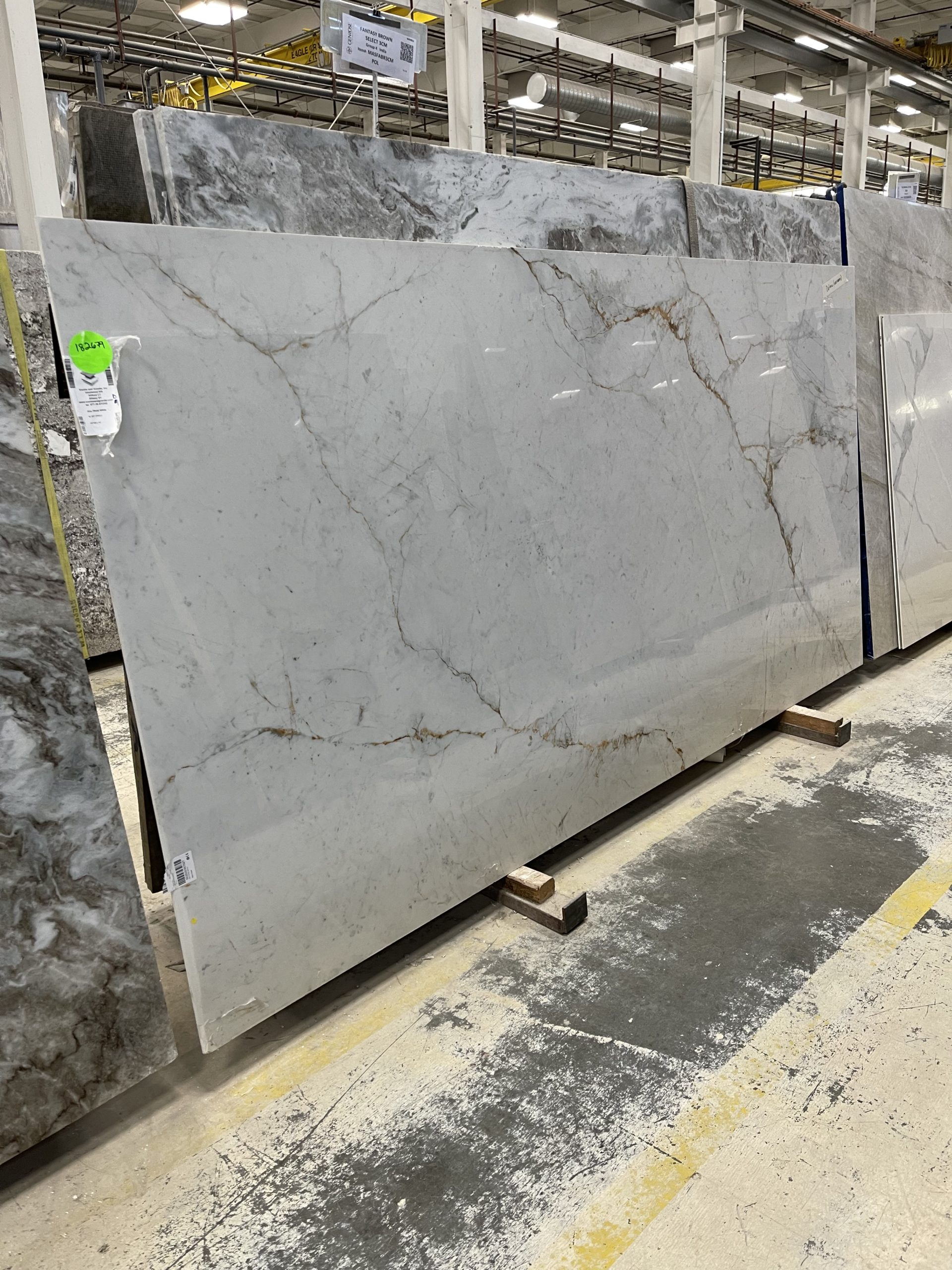
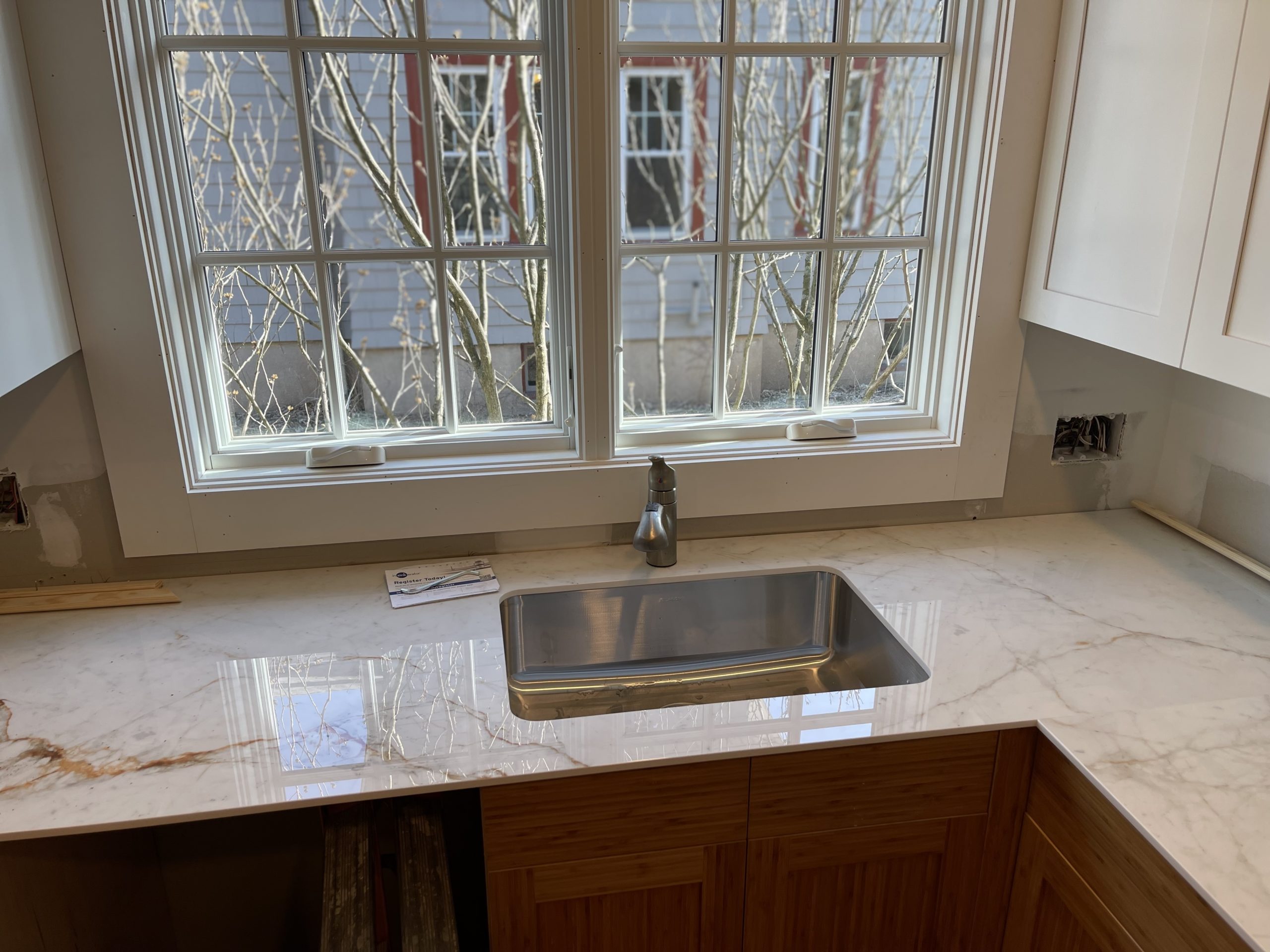
In addition to the material selections, we made a conscious effort to reduce waste and recycle materials throughout the project. We donated the existing cabinetry and appliances to the Restores program, which supports Habitat for Humanity projects, and salvaged wood trim, flooring, and other building materials for reuse in new window and door casings and to patch existing flooring due to the revised kitchen layout.
Overall, this kitchen remodel project serves as a reminder that every decision we make can have a positive impact on the environment. By prioritizing sustainable materials, reducing waste, recycling, and improving efficiency, we can make a significant difference and a better planet.
